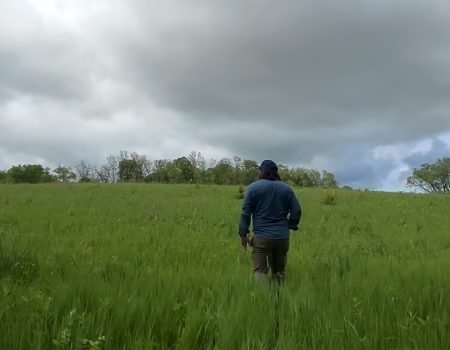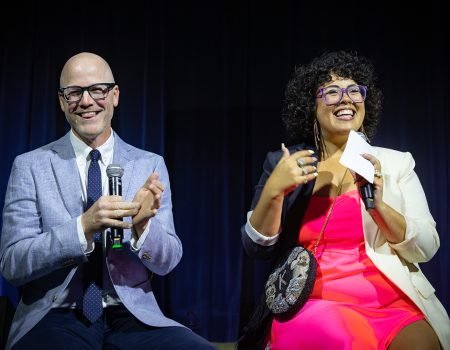Shallow Is The New Deep
Next time I vacation in the Caribbean, remind me to pack just two things: swim trunks and beer money.
Ok, here’s the 101 for those of you who have no idea what or where Bonaire is. Bonaire is an island in the Netherlands Antilles. It’s right above Venezuela, less than 100 miles east of Aruba. It’s 24 miles long by roughly five miles wide. In total, it’s about 110 square miles of low desert: scrub brush, cactus and coral. It’s Dutch island, though in addition to Dutch, Papiamento, Spanish, English are spoken by a population of less than 15,000. The island is surrounded by a protected marine reserve. As a result, the 2700 hectares of reef are amongst the healthiest in the world. That’s why Abbi and I went: to scuba dive.
It’s an eight-hour trip via Puerto Rico under the best circumstances. It took us thirty-hour, including an unplanned 24 layover at the San Juan Ritz Carlton. We arrived late Sunday night.
Dawn’s first light Monday morning found us sipping coffee on a patio some fifteen feet from the water’s edge. The aqua-blue surf lapped the coral below. The crescent-shaped island spread out around us: barren salt flats to the south, the rugged hills of Washington Slagbaai National Park to the north, and the tiny, deserted island of Klein Bonaire in the center.
Because the reef is so close to the shore, Bonaire is known for its shore diving. There are some sixty sites accessible along the western coast alone. Fundamentally, though, you can wade into the water just about everywhere, swim a few hundred feet, and find the reef.
Coral reefs are the skeletons of generations of reef-building algae, corals, and other organisms that are composed of calcium carbonate. As a coral head grows, it lays down a skeletal structure encasing each new polyp. There are roughly 280,000 square kilometers of coral reef in the world, primarily in the South Pacific; the Caribbean only accounts for about seven per cent.
Our orientation took about fifteen minutes. They basically showed us a map, and set us loose. Our first dive was off the dock of our compound, Bel Mar Apartments. With just seven dives under my belt — all under the watchful eye of a dive master — I was a little nervous. But mostly I was excited. Which explains why I immediately descended to eighty feet. Until, that is, Abbi widened her eyes and pointed at her depth gauge.
The experience and beauty of diving is really difficult to explain. It’s like flying through a Dr. Seuss book in slow motion. The colors and shapes are outrageous; like nothing you’ve seen on dry land. It is an environment of constant surprises: tiny, spiny coral shrimp; lurking spotted moray eels; soaring rays and loafing turtles. The real beauty is in the minutia. The slower you go, the happier you are.
Of course, there are some risks involved. You’re sixty feet below the waves a few hundred yards from shore. You’re under pressure (about fifteen pounds per square inch for every fifteen feet of depth). You’re breathing bottled air. Your body can’t purge the nitrogen quickly enough. Without care, then, you grow drunk on the stuff, or boil your blood from within. And while there’s a beautiful, colorful reef on one side, it slips away into deep, murky blue on the other.
Abbi and I dove twelve times over five days, including our first night and wreck dives. If it weren’t so late, I weren’t so exhausted, and I didn’t want to be sure I was fresh for work in the morning, I’d tell you about each on of them. Instead, let me excerpt one of my favorites from my dive log.
Karpata – At northern end of one-way road, decided to address “challenging” entry to reap “rewards” guidebook promised. Platform entry was tricky, not impossible. Opted for shallow dive. Never descended below thirty feet. Sea floor littered with sea urchins: hundreds of spiny, none-blacker land mined the size of soccer balls. Two barracuda whizzed by staring coldly. Spotted young green turtle at about ten feet as we were looking under bushes. Absolutely beautiful and still. Gulped air at surface. Saw again on way back. Plus four nudi branch, white with pinkish-tan tiles. Plus white-spotted garden eel and largest cabbage-colored fan I’ve seen yet. Shallow is the new deep.
We dove the “house reef” a second time on Thursday night, ascending a brisk current just as the sky turned slowly from red to purple to gray. I sat on the steps, half submerged, until there was no light left.
In the end, I wore the same Quick Silver swim trunks and Nautica Malibu Triathlon t-shirt all week. I never wore shoes, or socks, or any of the short-sleeve dress shirts I so thoughtfully packed.
Though Bonaire is small, five days is not nearly enough time to explore it (thirty images aren’t enough to see it either, but click here and give it a shot). One could dive the same site three times a day, 365 days a year for their entire life and have a different experience every time. I’m sure there’s a lesson in there somewhere.



